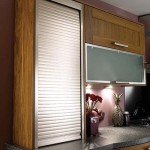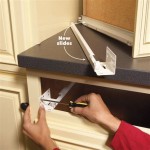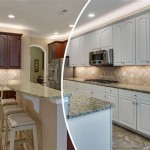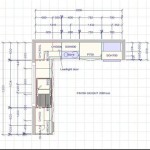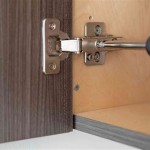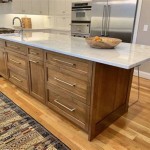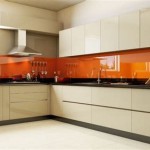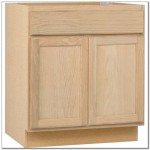The Design of Kitchen Cabinets: A Guide to Functionality and Style
Kitchen cabinets are the heart of any kitchen, providing essential storage and defining the overall aesthetic of the space. Their design plays a pivotal role in maximizing functionality, creating a visually pleasing environment, and enhancing the cooking experience. Whether embarking on a full kitchen renovation or simply seeking to upgrade existing cabinetry, a comprehensive understanding of design principles is crucial. This article explores key aspects of kitchen cabinet design, offering insights into maximizing functionality, selecting appropriate materials, and achieving a cohesive and stylish look.
Functionality: Optimizing Storage and Workflow
Functional kitchen cabinet design prioritizes efficient storage solutions and a streamlined workflow. This involves considering cabinet sizes, internal configurations, and placement within the kitchen layout. For instance, deep drawers are ideal for storing large pots and pans, while smaller drawers are suitable for utensils and cutlery. Pull-out shelves and lazy Susans maximize accessibility within corner cabinets. A well-designed cabinet system incorporates features like spice racks, pull-out trash bins, and integrated cutting boards, enhancing both convenience and organization.
Material Selection: Durability, Aesthetics, and Budget
The choice of material for kitchen cabinets significantly impacts their durability, aesthetic appeal, and ultimately, the overall price. Common materials include wood, laminate, and thermofoil. Wood cabinets offer natural beauty, durability, and the potential for customization. However, they are also the most expensive option. Laminate cabinets provide a cost-effective alternative with a wide range of colors and finishes. Thermofoil cabinets feature a smooth, durable surface that resists moisture and stains. When selecting materials, consider factors such as desired aesthetic, budget, and lifestyle.
Design Styles: Choosing a Look for Your Kitchen
Kitchen cabinet design transcends functionality, encompassing aesthetic considerations. Choosing a style that complements the overall kitchen design is crucial. Popular cabinet styles include traditional, contemporary, modern, and farmhouse. Traditional cabinets often feature ornate details, while contemporary designs prioritize clean lines and simplicity. Modern cabinets embrace minimalist aesthetics, while farmhouse styles evoke a cozy and rustic charm. The chosen style sets the foundation for other design decisions, including hardware, countertop materials, and backsplash choices.
Understanding design principles and material options empowers you to create a functional, stylish, and personalized kitchen. Whether prioritizing efficiency, aesthetics, or a combination of both, careful consideration of these factors ensures that your kitchen cabinets become a true asset, enhancing both the appearance and functionality of your culinary space.

Kitchen Cabinet Ideas The Home Depot

Kitchen Wardrobe Cabinet Ideas For Your Home Designcafe

21 Creative Kitchen Cabinet Designs Design Wooden Cabinets Modern

Creative Kitchen Cabinets For A Stylish

20 Top Kitchen Design Ideas That Will Inspire You Oppein

64 Kitchen Cabinet Design Ideas 2024 Unique Styles

15 Stunning Kitchen Cabinet Designs In Singapore With 5 Essential Tips

Kitchens Jane Lockhart Design

35 Kitchen Cabinet Designs That Will Blow Your Mind

Wooden Kitchen Cabinet Design Ideas Cafe
Related Posts

